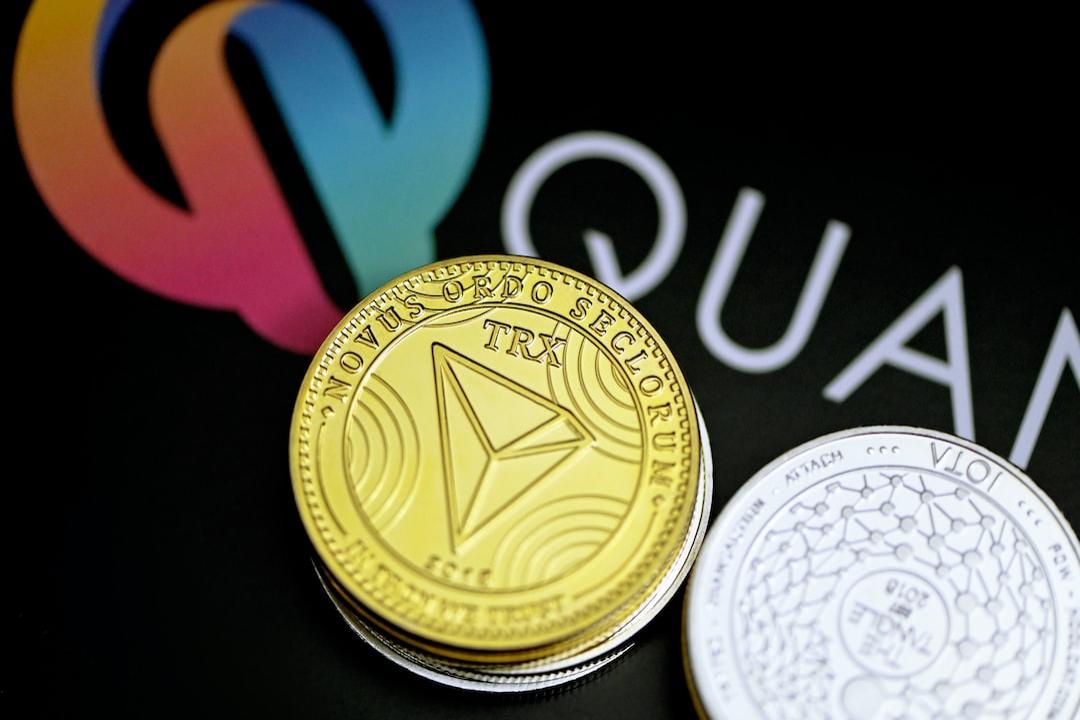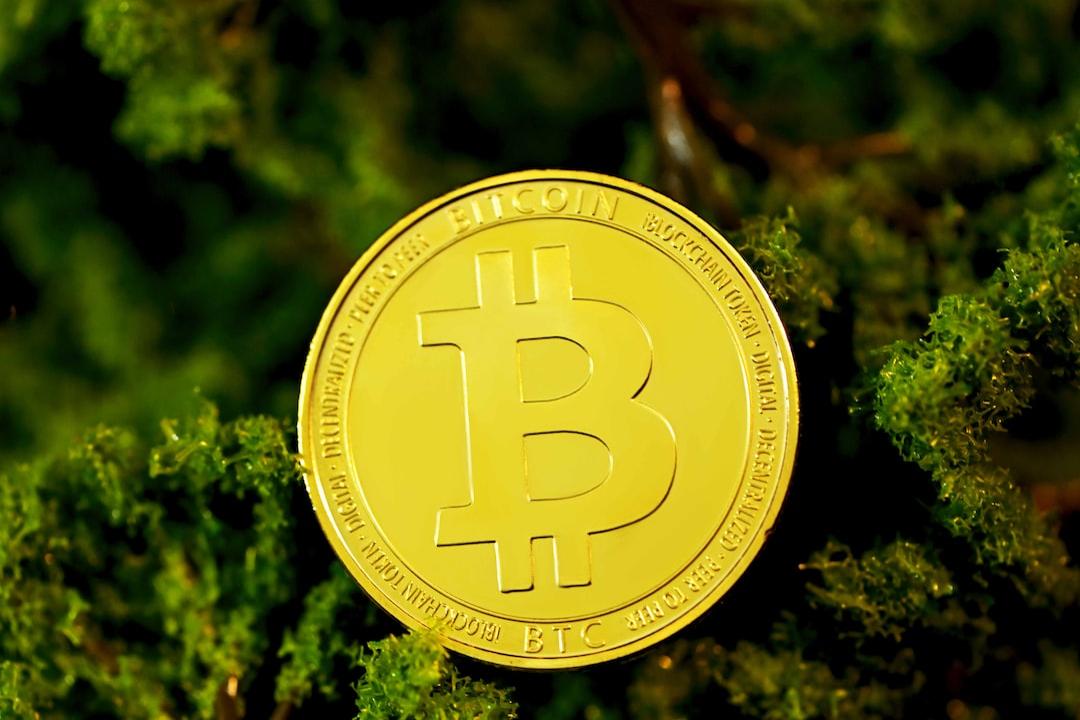Tether CEO Paolo Ardoino proudly posted a chart on X, showing that “compared to other countries, Tether is the seventh-largest buyer of US Treasury bonds in 2024,” surpassing even Canada and Taiwan.


USDT Accounts for 60% of the Stablecoin Market, Holding $113 Billion in US Treasury Bonds
Tether, as the world’s largest stablecoin issuer, has a market capitalization of $14.35 billion for its USD stablecoin, USDT, accounting for 60% of the total stablecoin market. The majority of its reserves are invested in US Treasury bonds. According to its Q4 2024 audited report, Tether’s net profit for the year exceeded $13 billion, and it holds $113 billion in US Treasury bonds.
(Tether Earned $13 Billion in 2024, Unrealized Gains from Gold and Bitcoin Reached $5 Billion)
As China and Japan drastically sold US Treasury bonds to address domestic economic needs and the uncertainty of the US economy’s outlook, Tether has emerged as a major buyer in 2024. According to Ardoino’s post, Tether purchased $33.1 billion in US Treasury bonds last year, ranking just behind the Cayman Islands, France, Luxembourg, Belgium, Singapore, and the UK. Meanwhile, China and Japan were the largest sellers.
Short-term Treasury Bills to Create Liquidity
Since Tether buys US Treasury bonds as reserves for its stablecoin, they must be easily liquidated when needed. Therefore, Tether primarily invests in US Treasury bills, which are short-term bonds with a maturity of one year or less.
Compared to Berkshire Hathaway, which holds $286.5 billion in short-term US Treasury bills, the $113 billion held by Tether doesn’t seem too large!
(Berkshire Hathaway Stock Hits New High, Will Buffett Buy the Dip or Stick with Treasuries?)
Short-term Treasury Bonds Still Yield High Returns for Tether
Tether’s net profit for 2024 was $13 billion, with $7 billion coming from US Treasury bond yields. Although the US Federal Reserve has started a rate-cutting cycle, at the current yield rate of 4.3%, Tether’s $113 billion in short-term Treasury bills could still generate nearly $5 billion in near-risk-free returns annually.
Too Big to Fail?
Tether claims to bring US dollars to over 400 million people through its stablecoin, especially in emerging markets and developing countries. Financial inclusion in these regions heavily depends on USDT.
Tether is currently not under direct supervision from any specific regulatory authority and does not have clear rules for reserve investments. Regulators in the US and the EU have expressed concerns over the systemic risks of stablecoins, such as the rapid redemption that could pose risks to traditional banking institutions. However, after the Silicon Valley Bank collapse and bank runs, both Circle and Tether have significantly reduced their bank deposits, focusing more on short-term Treasury bills and repurchase agreements. Tether’s $113 billion in Treasury bills accounts for less than 2% of the total market (with the estimated outstanding amount of Treasury bills ranging between $6.6 trillion and $8.3 trillion by the end of 2024). Given the redemption risk of the bonds it holds, there seems to be no substantial risk of a “too-big-to-fail” impact.
Risk Warning
Cryptocurrency investments carry high risks, with prices potentially fluctuating dramatically, and you may lose your entire principal. Please assess the risks carefully.

